Home>Kitchen & Cooking>Food Storage Solutions>How To Organize A Wine Cellar
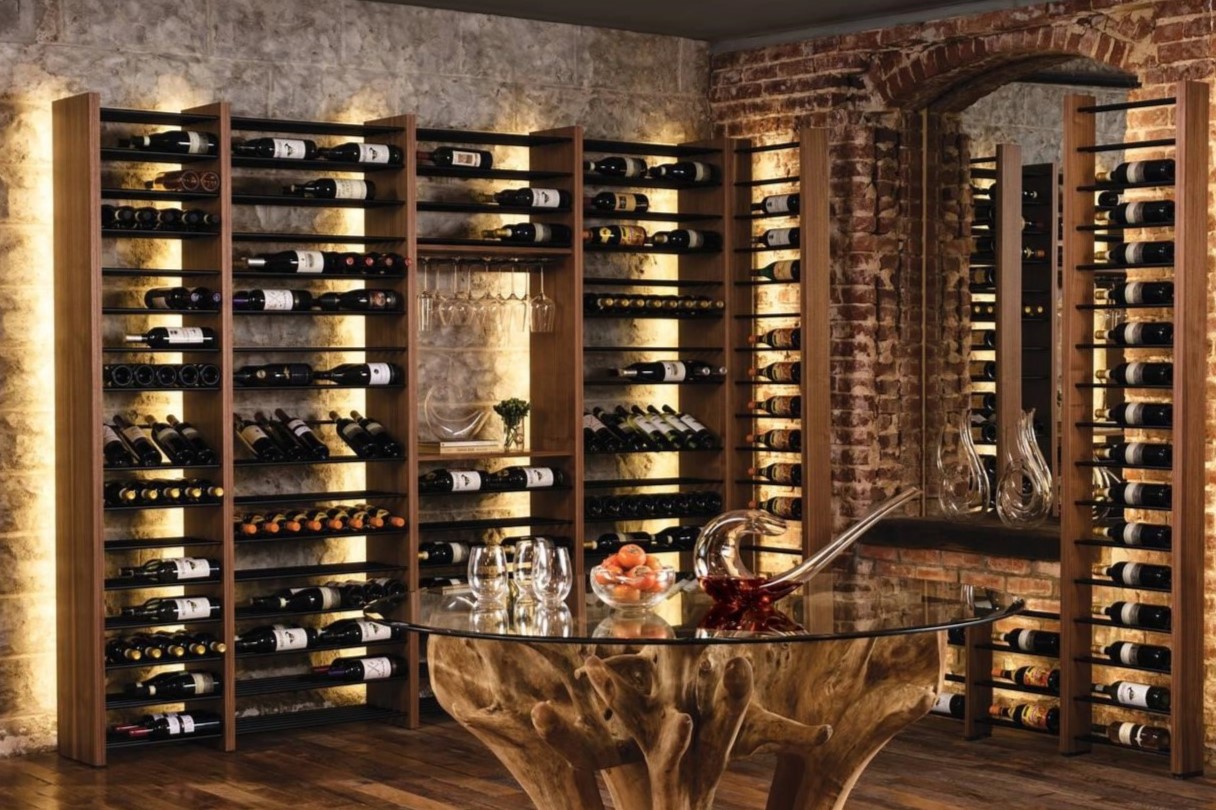

Food Storage Solutions
How To Organize A Wine Cellar
Published: March 2, 2024
Discover expert tips for organizing your wine cellar with our food storage solutions. Maximize space and preserve your wine collection efficiently.
(Many of the links in this article redirect to a specific reviewed product. Your purchase of these products through affiliate links helps to generate commission for Storables.com, at no extra cost. Learn more)
Introduction
So, you've decided to take your love for wine to the next level and create your very own wine cellar. Congratulations! Organizing a wine cellar is not only a practical way to store your collection, but it can also add a touch of sophistication to your home. Whether you're a seasoned wine enthusiast or just starting to build your collection, having a well-organized wine cellar can make a significant difference in preserving the quality and flavor of your wines. In this guide, we will walk you through the essential steps to help you create a well-organized and functional wine cellar that will impress your guests and, most importantly, keep your wines in top condition. Let's get started!
Key Takeaways:
- Choose a cool, dark, and stable location for your wine cellar to protect your precious bottles from sunlight, temperature fluctuations, and vibrations. Accessibility is key!
- Organize your wine cellar by wine type, implement a labeling system, and control temperature and humidity to maintain the quality and flavor of your wines. Regular maintenance is essential for a well-organized and elegant wine cellar.
Read more: Wine Cellar How To Build
Choosing the Right Location
When it comes to setting up a wine cellar, choosing the right location is crucial. Here are some key factors to consider when selecting the perfect spot for your wine cellar:
-
Temperature Stability: Look for an area in your home where the temperature remains relatively stable throughout the year. Fluctuations in temperature can negatively impact the quality of your wine.
-
Humidity Levels: Wine requires a specific level of humidity to age properly. Aim for a humidity level of around 70%. Basements are often a good choice due to their naturally higher humidity levels.
-
Limited Sunlight: Sunlight can be detrimental to wine, causing it to age prematurely. Choose a location with minimal exposure to direct sunlight, or consider installing UV-protective glass on any windows in the cellar.
-
Vibration-Free: Vibrations can disturb the sediment in wine and affect its aging process. Avoid locating your wine cellar near appliances or areas with heavy foot traffic.
-
Accessibility: While it's important to find an ideal environment for your wine, you also want the cellar to be easily accessible for you to enjoy and manage your collection.
By considering these factors, you can ensure that the location of your wine cellar provides the optimal conditions for storing and aging your precious bottles.
Designing the Layout
Designing the layout of your wine cellar is a crucial step in creating an organized and visually appealing space for your wine collection. Here are some key considerations to keep in mind when planning the layout:
-
Storage Capacity: Assess the size of your wine collection and plan the layout accordingly. Consider the number of bottles you currently have and anticipate future growth. This will help you determine the amount of storage space needed.
-
Traffic Flow: Think about how you will move around the cellar. Ensure that there is enough space between storage units to allow for easy access and maintenance. A well-designed layout will make it convenient to reach for any bottle without disturbing the others.
-
Aesthetic Appeal: Consider the overall aesthetic of the cellar. Choose a design that reflects your personal style and complements the rest of your home. Whether you prefer a modern, minimalist look or a more traditional, rustic feel, the layout should enhance the visual appeal of your wine cellar.
-
Functional Zones: Create distinct zones within the cellar for different types of wine and storage needs. For example, designate areas for long-term aging, everyday wines, and display bottles. This will help you stay organized and make it easier to locate specific bottles when needed.
-
Lighting: Proper lighting is essential for both practical and aesthetic reasons. Consider installing LED lighting to showcase your collection and make it easier to read labels. Avoid harsh lighting that could affect the wine and opt for soft, ambient lighting instead.
By carefully planning the layout of your wine cellar, you can create a space that is not only functional but also visually appealing, allowing you to showcase and enjoy your wine collection to the fullest.
Selecting the Right Storage Units
Choosing the right storage units for your wine cellar is essential to ensure that your wines are properly protected and organized. Here are some key factors to consider when selecting the right storage units for your wine cellar:
-
Material: Opt for storage units made from high-quality materials such as wood, metal, or acrylic. Wooden racks are a popular choice due to their classic look and ability to absorb excess moisture. Metal racks are durable and offer a modern aesthetic, while acrylic racks provide a sleek and contemporary option.
-
Bottle Capacity: Consider the number of bottles you need to store and choose storage units that can accommodate your current collection as well as any future additions. Selecting units with adjustable shelves or modular designs can provide flexibility as your collection grows.
-
Versatility: Look for storage units that can accommodate different bottle sizes and shapes. Some units offer adjustable bottle slots or compartments to accommodate various types of wine bottles, including standard, magnum, and champagne bottles.
-
Accessibility: Choose storage units that allow for easy access to your bottles. Pull-out shelves, sliding drawers, or rotating racks can make it convenient to reach for specific bottles without disturbing the rest of the collection.
-
Protection: Ensure that the storage units provide adequate protection for your wines. Look for features such as UV-resistant coatings, insulation, and stability to shield your bottles from light, temperature fluctuations, and vibrations.
-
Aesthetic Appeal: Consider the visual impact of the storage units. Select units that complement the overall design of your wine cellar and enhance the display of your collection. Whether you prefer a traditional, rustic look or a more contemporary style, the storage units should contribute to the aesthetic appeal of the cellar.
By carefully considering these factors, you can select the right storage units that not only provide a secure and organized home for your wine collection but also contribute to the overall ambiance of your wine cellar.
Organizing by Wine Type
Organizing your wine cellar by wine type is a practical and efficient way to manage your collection. By categorizing your wines based on their type, varietal, or region, you can easily locate specific bottles and ensure that each wine is stored under the most suitable conditions. Here's how to organize your wine cellar by wine type:
-
Categorization: Start by categorizing your wines into different groups based on their type, such as red, white, rosé, sparkling, and dessert wines. Within each type, further categorize the wines by varietal or region. This will help you create a systematic and logical organization for your collection.
-
Storage Placement: Once you have categorized your wines, designate specific areas or storage units for each type. For example, reserve a section of your cellar for red wines, another for white wines, and so on. Within each section, arrange the bottles in a way that makes it easy to identify and access them.
-
Temperature Considerations: Different types of wines require different storage temperatures. For example, red wines are typically stored at slightly higher temperatures than white wines. By organizing your cellar by wine type, you can ensure that each type is stored at the appropriate temperature for optimal aging and preservation.
-
Labeling System: Implement a labeling system that clearly identifies the wine type, varietal, and vintage of each bottle. This can be done through custom wine tags, bottle neck tags, or digital inventory systems. Clear labeling will make it effortless to locate specific wines without having to disturb the entire collection.
-
Accessibility: Arrange the wines in a way that allows for easy access to each type. Consider factors such as bottle size, frequency of consumption, and aging potential when determining the placement of each type. This will make it convenient to retrieve the desired wine without disrupting the organization of the cellar.
By organizing your wine cellar by wine type, you can create a well-structured and efficient system for managing your collection. This approach not only simplifies the process of locating and selecting wines but also contributes to the overall organization and aesthetics of your cellar.
Read more: How To Store Wine Without A Cellar
Labeling and Inventory System
Implementing a comprehensive labeling and inventory system is essential for maintaining an organized and efficient wine cellar. Here's how to establish a labeling and inventory system that will streamline the management of your wine collection:
-
Consistent Labeling: Develop a consistent labeling system for your wine bottles. This can include labeling each bottle with the wine type, varietal, vintage, and any other relevant information. Utilize uniform bottle neck tags, custom wine labels, or digital inventory apps to ensure that every bottle is clearly labeled.
-
Digital Inventory Tools: Consider using digital inventory tools or apps to track and manage your wine collection. These tools allow you to create a digital catalog of your wines, including details such as purchase date, tasting notes, and current inventory levels. Many apps also offer barcode scanning capabilities, making it easy to update your inventory as new bottles are added.
-
Barcode Scanning: If you opt for a digital inventory system, choose one that supports barcode scanning. This feature allows you to quickly add new bottles to your inventory by scanning their barcodes. It also simplifies the process of locating specific bottles within your cellar, as you can use the app to search for wines based on their barcode or label information.
-
Organization by Location: When labeling your wines, consider incorporating the location of each bottle within the cellar. This can include shelf or rack numbers, row designations, or specific storage zones. By including this information on the labels or in your digital inventory, you can easily pinpoint the exact location of any bottle in your collection.
-
Tasting Notes and Ratings: Utilize your labeling and inventory system to track tasting notes and ratings for each wine. Whether through digital entries or physical labels, recording your impressions of each wine can enhance your overall wine appreciation experience and inform future purchasing decisions.
-
Regular Updates: Commit to regularly updating your labeling and inventory system as new wines are added or consumed. This will ensure that your collection remains accurately documented, making it easier to track inventory levels and locate specific bottles when needed.
By implementing a robust labeling and inventory system, you can streamline the management of your wine cellar and gain a deeper understanding of your collection. Whether through traditional labeling methods or digital inventory tools, an organized system will enhance the accessibility and enjoyment of your wines.
Temperature and Humidity Control
Maintaining the ideal temperature and humidity levels in your wine cellar is paramount to preserving the quality and flavor of your wines. Here's how to effectively control temperature and humidity in your wine cellar:
-
Thermoelectric or Compressor Cooling: Choose a reliable cooling system that can maintain a consistent temperature within the cellar. Thermoelectric cooling units are often preferred for smaller cellars due to their quiet operation and lack of vibration, while compressor-based systems are suitable for larger cellars and offer precise temperature control.
-
Temperature Range: Aim to keep the temperature in your wine cellar between 45-65°F (7-18°C) for optimal wine storage. Red wines generally benefit from slightly higher temperatures, while white and sparkling wines thrive in cooler conditions. Avoid drastic temperature fluctuations, as they can negatively impact the aging process and overall quality of the wines.
-
Humidity Regulation: Maintain a humidity level of around 70% to prevent corks from drying out and to minimize the risk of mold growth. Consider using a humidifier or dehumidifier to adjust the humidity levels as needed, especially in environments where natural humidity levels fluctuate.
-
Thermal Insulation: Ensure that the walls, ceiling, and flooring of your wine cellar are well-insulated to minimize heat transfer and maintain a stable temperature. Proper insulation can also help reduce energy consumption and maintain the desired climate within the cellar.
-
Air Circulation: Implement adequate air circulation within the cellar to prevent stagnant air and maintain consistent temperature and humidity levels throughout the space. This can be achieved through the use of fans or ventilation systems designed specifically for wine cellars.
-
Monitoring and Alarms: Install a reliable temperature and humidity monitoring system to continuously track the conditions within the cellar. Consider using sensors that can alert you to any deviations from the optimal range, allowing you to take prompt action to rectify any issues.
By effectively controlling the temperature and humidity in your wine cellar, you can create an environment that promotes the proper aging and preservation of your wines. Consistent monitoring and maintenance of these factors will ensure that your wine collection remains in optimal condition for years to come.
Maintenance and Cleaning
Maintaining a clean and well-organized wine cellar is essential for preserving the quality of your wines and ensuring a conducive environment for aging. Here's a detailed guide on the maintenance and cleaning practices to keep your wine cellar in top condition:
Regular Inspection
Regularly inspect your wine cellar for any signs of mold, mildew, or pest infestations. Check for leaks, condensation, or any unusual odors that may indicate a problem. Addressing issues promptly can prevent damage to your wine collection and the cellar itself.
Read more: How To Build A Wine Cellar In Basement
Cleaning Procedures
-
Dust Removal: Dust can accumulate on bottles, shelves, and surfaces within the cellar. Use a soft microfiber cloth or a gentle duster to regularly remove dust and debris from the bottles and storage units. Avoid using harsh cleaning agents that can leave residues or affect the wine.
-
Floor and Wall Cleaning: Clean the cellar floor and walls using a mild cleaning solution and a damp mop or cloth. Avoid using strong chemicals or excessive water, as this can lead to moisture buildup and potential damage to the cellar's structure.
-
Storage Units Maintenance: Periodically inspect and clean the storage units, including racks, shelves, and wine cabinets. Remove any accumulated dust or debris and check for any signs of wear or damage that may affect the stability of the units.
-
Label Maintenance: Ensure that the labels on your wine bottles remain legible and intact. Gently wipe the labels with a damp cloth if needed, being careful not to damage them. Consider using protective sleeves or covers for labels that are at risk of wear.
Wine Rotation
Regularly rotate your wine bottles to prevent sediment from settling and to ensure even aging. This is particularly important for wines that are intended for long-term storage. Gentle rotation of the bottles can help maintain the integrity of the wine and prevent any sediment-related issues.
Air Quality
Maintain good air quality within the cellar by ensuring proper ventilation and circulation. Consider using air purifiers or charcoal filters to minimize odors and maintain a fresh environment. Avoid storing any strong-smelling items in the cellar that could affect the aroma and flavor of the wines.
Temperature and Humidity Checks
Regularly monitor the temperature and humidity levels in the cellar to ensure they remain within the optimal range. Make any necessary adjustments to the cooling and humidification systems to maintain the desired conditions for wine storage.
Read more: What Is A Cellar
Professional Maintenance
Consider scheduling periodic professional maintenance for your cooling system and other cellar infrastructure. This can include inspections, tune-ups, and any necessary repairs to ensure that the cellar's climate control systems are functioning effectively.
By implementing these maintenance and cleaning practices, you can uphold the integrity of your wine cellar and create an environment that supports the longevity and quality of your wine collection. Regular care and attention to the cellar's upkeep will contribute to the enjoyment and preservation of your wines for years to come.
Use a labeling system to keep track of your wine inventory. This can include labeling shelves or bins with the type of wine, vintage, and region to easily locate and access your bottles.
Conclusion
Creating and maintaining a well-organized wine cellar is a rewarding endeavor that not only enhances the storage and aging of your wines but also adds a touch of elegance to your home. By carefully selecting the location, designing the layout, choosing the right storage units, organizing by wine type, implementing a labeling and inventory system, controlling temperature and humidity, and maintaining regular cleaning and maintenance, you can ensure that your wine cellar remains a functional and visually appealing space for your collection.
Remember, the key to a successful wine cellar lies in attention to detail and a commitment to preserving the quality and integrity of your wines. Whether you are a passionate wine collector or simply enjoy the occasional bottle, a well-organized wine cellar provides a dedicated space to showcase and savor your collection. With the right approach to organization and maintenance, your wine cellar can become a cherished feature of your home, reflecting your appreciation for the art of wine and creating a welcoming environment for both you and your guests to enjoy. Cheers to creating a wine cellar that not only stores your wines but also elevates your home and lifestyle.
Frequently Asked Questions about How To Organize A Wine Cellar
Was this page helpful?
At Storables.com, we guarantee accurate and reliable information. Our content, validated by Expert Board Contributors, is crafted following stringent Editorial Policies. We're committed to providing you with well-researched, expert-backed insights for all your informational needs.
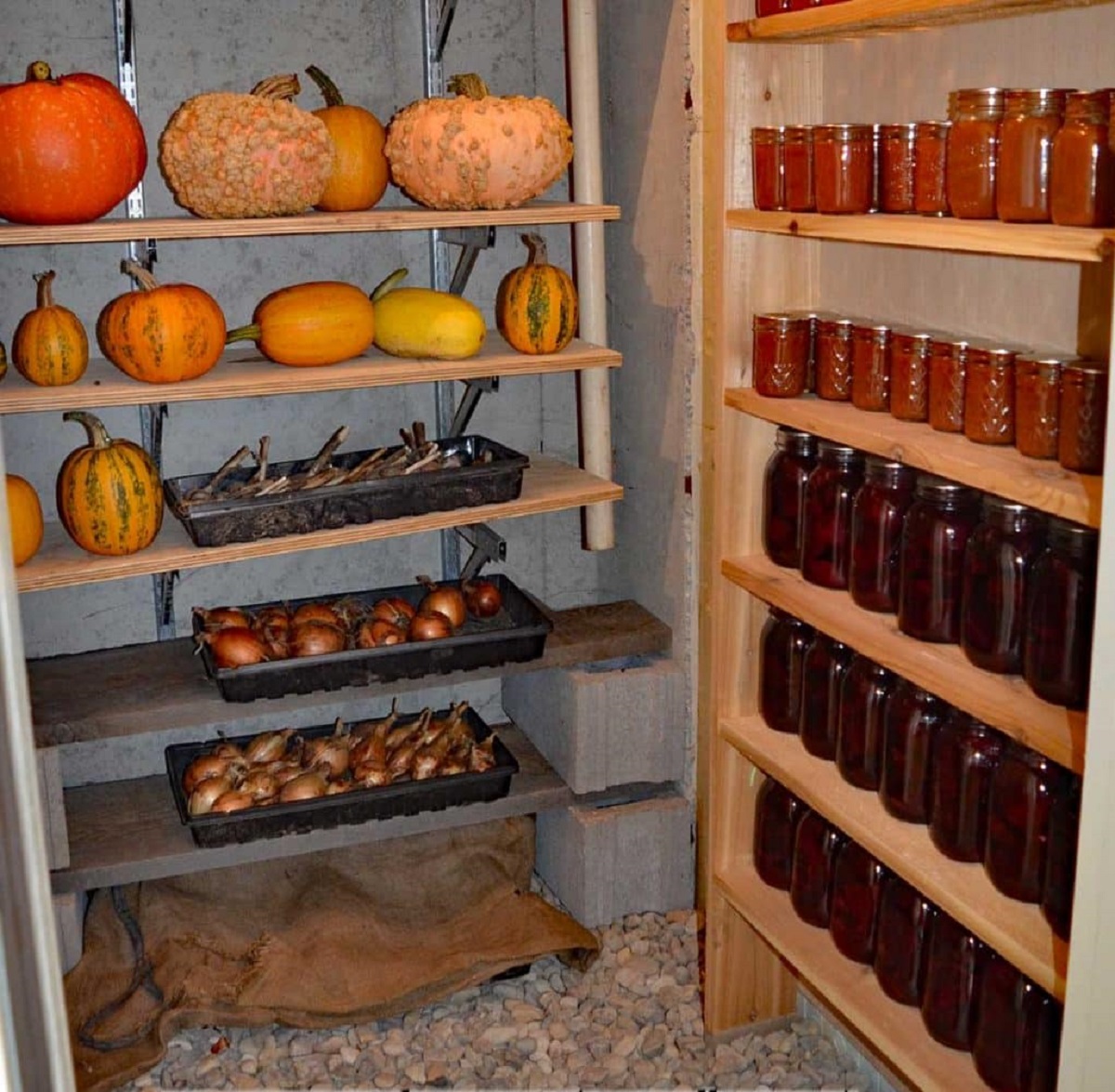
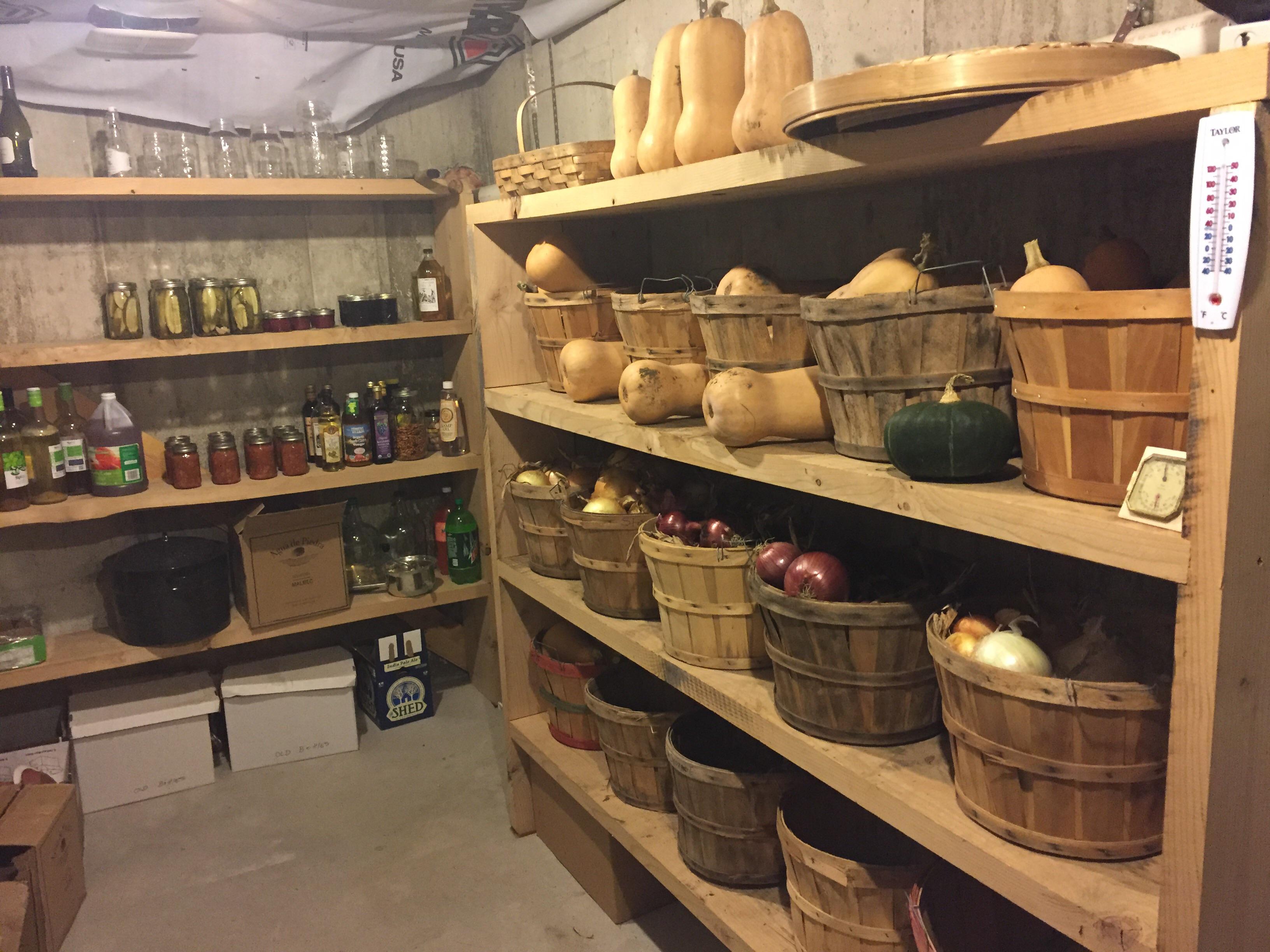
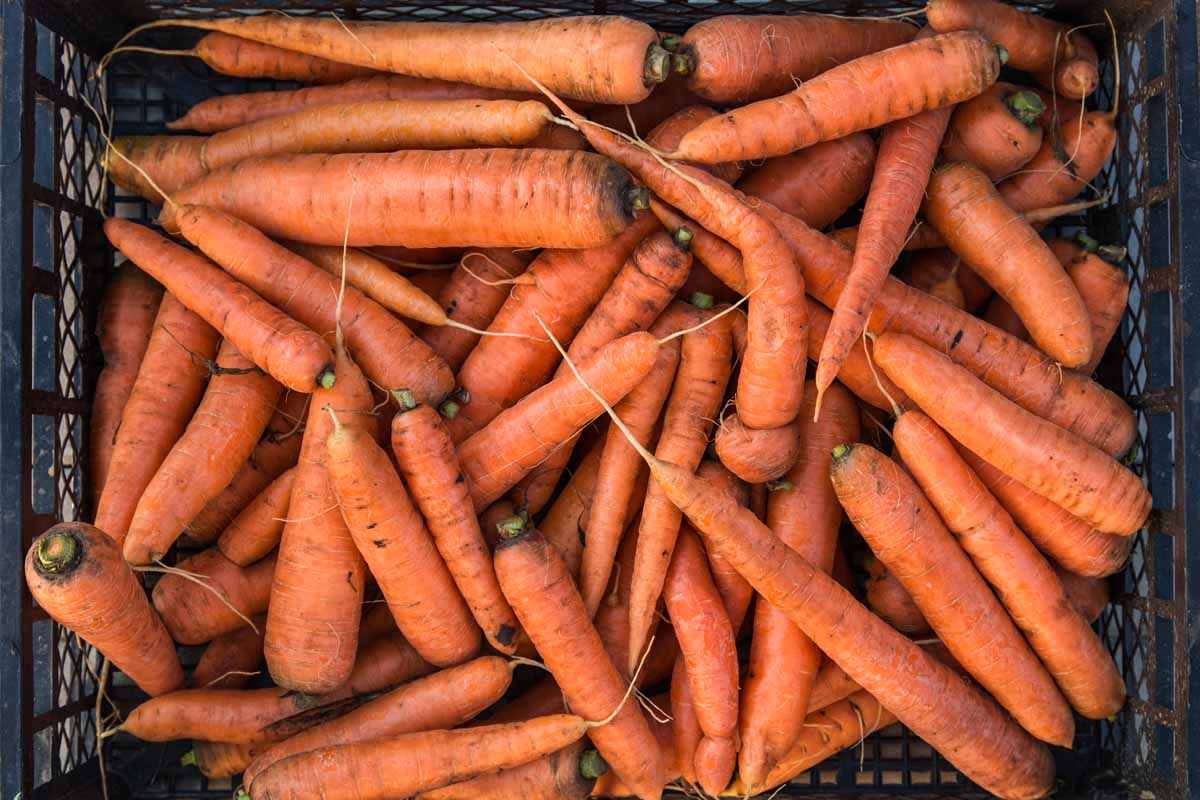
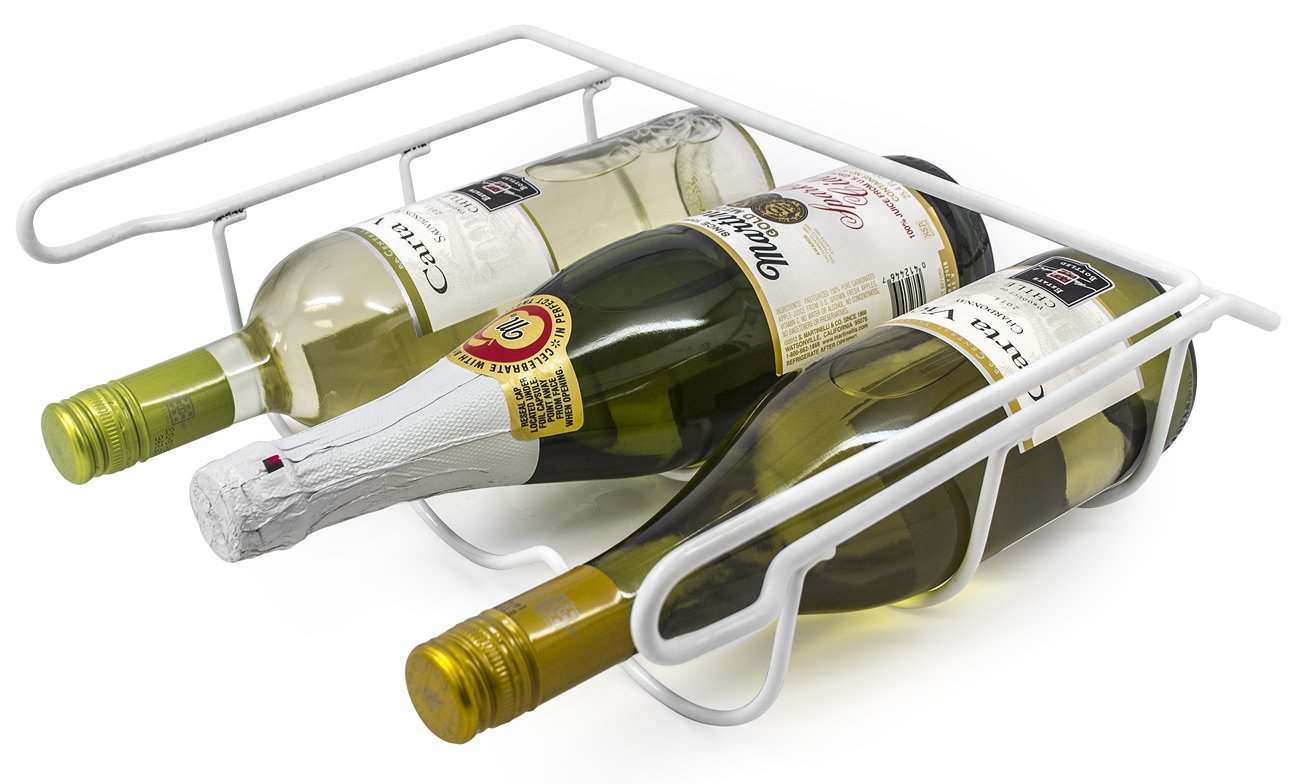
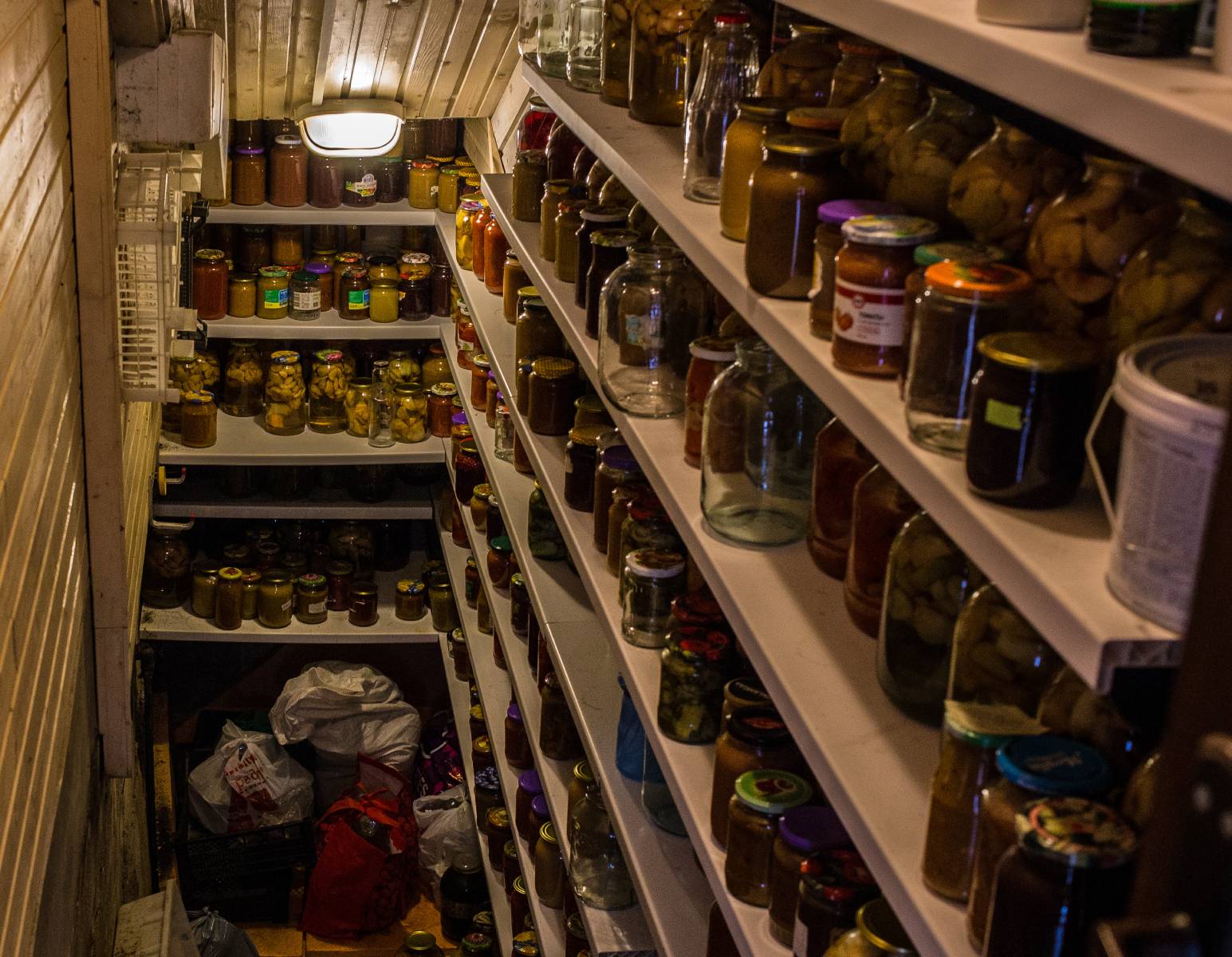
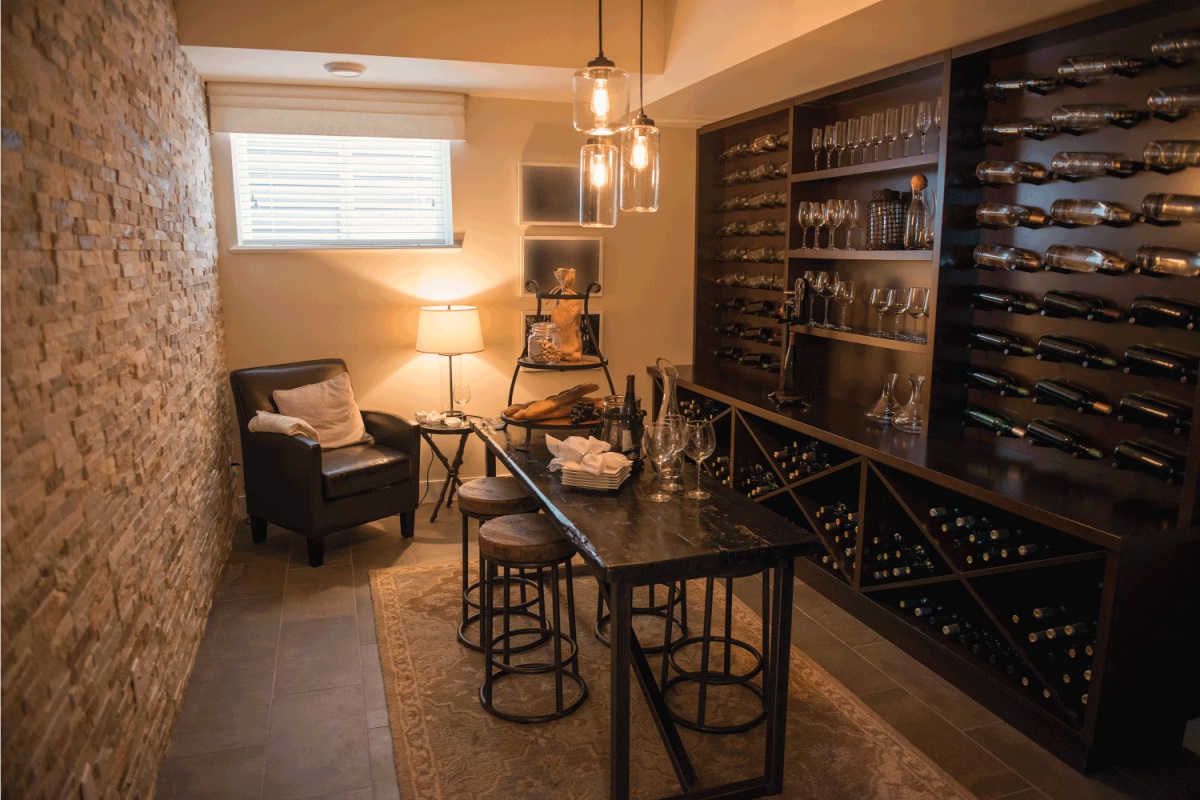
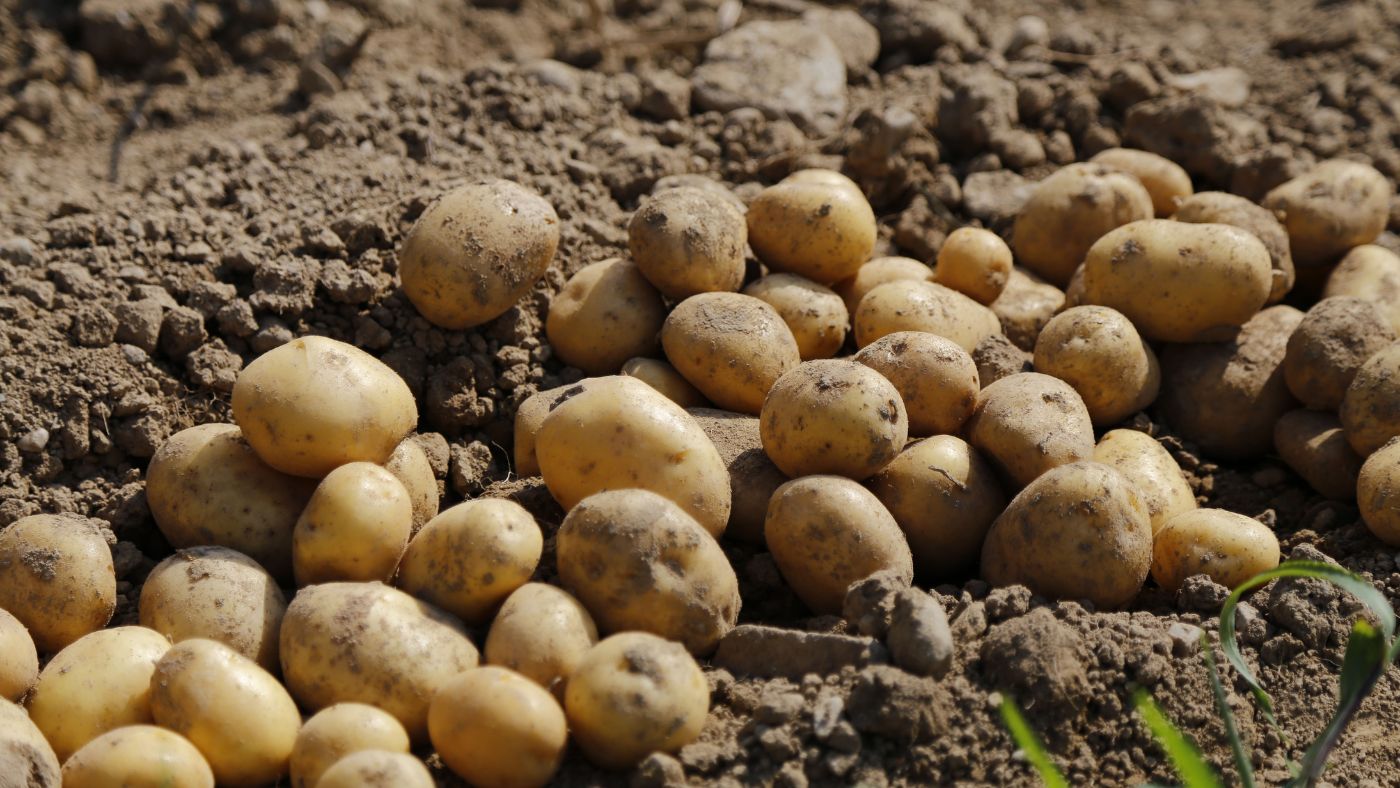

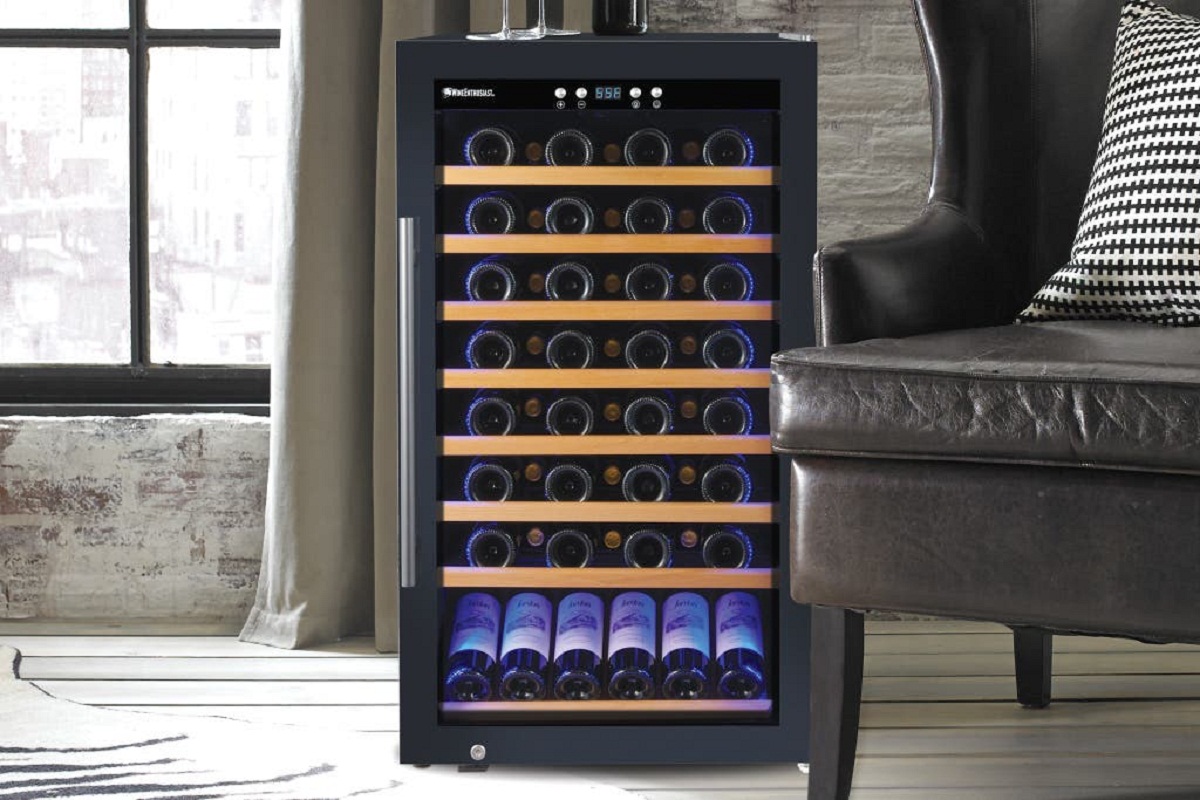
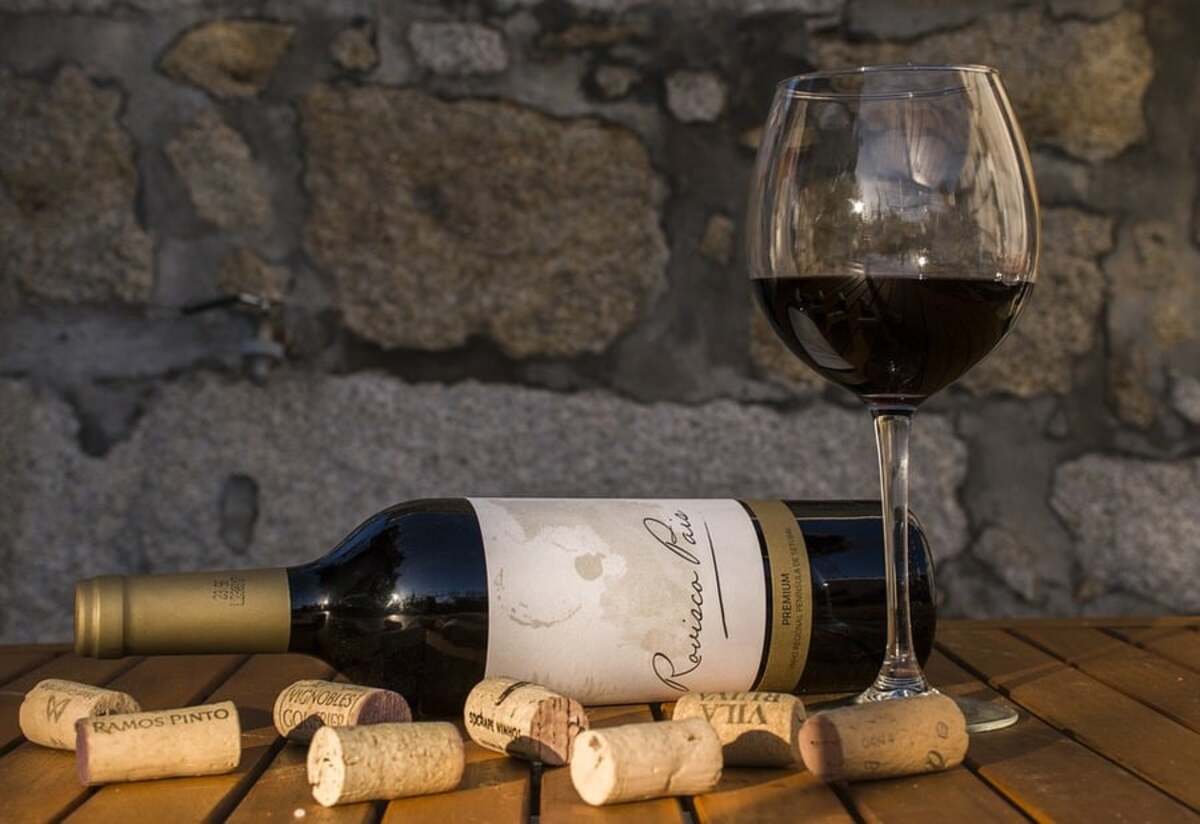
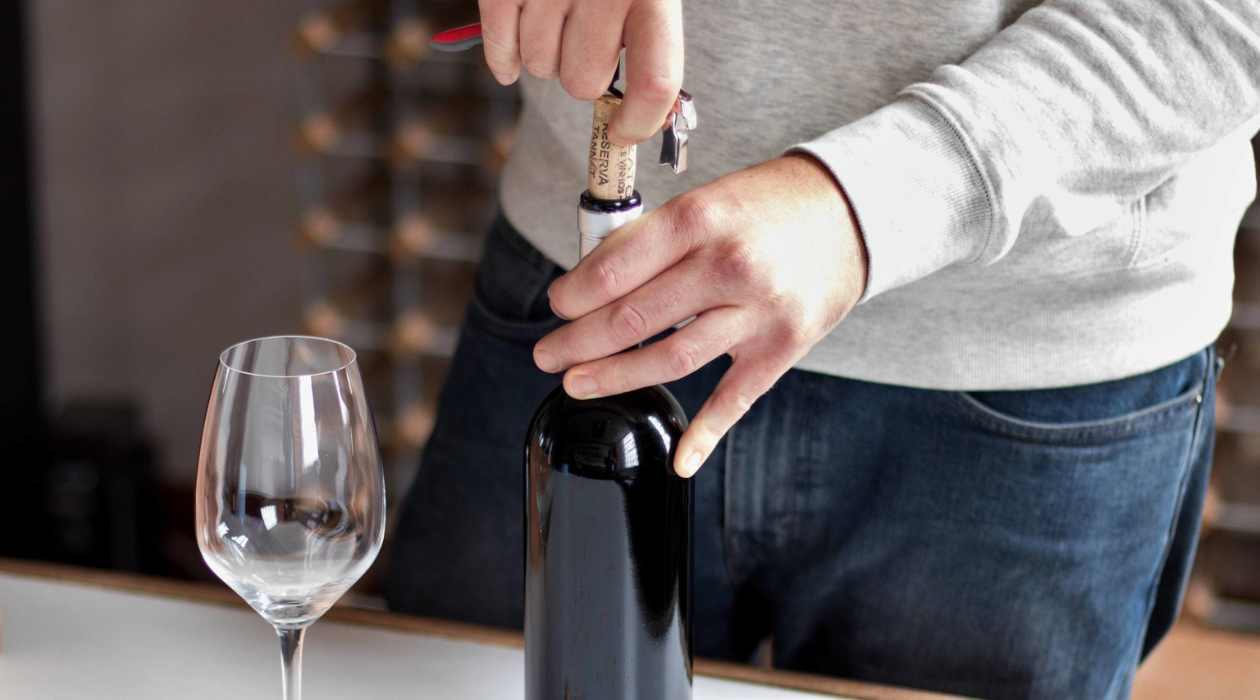
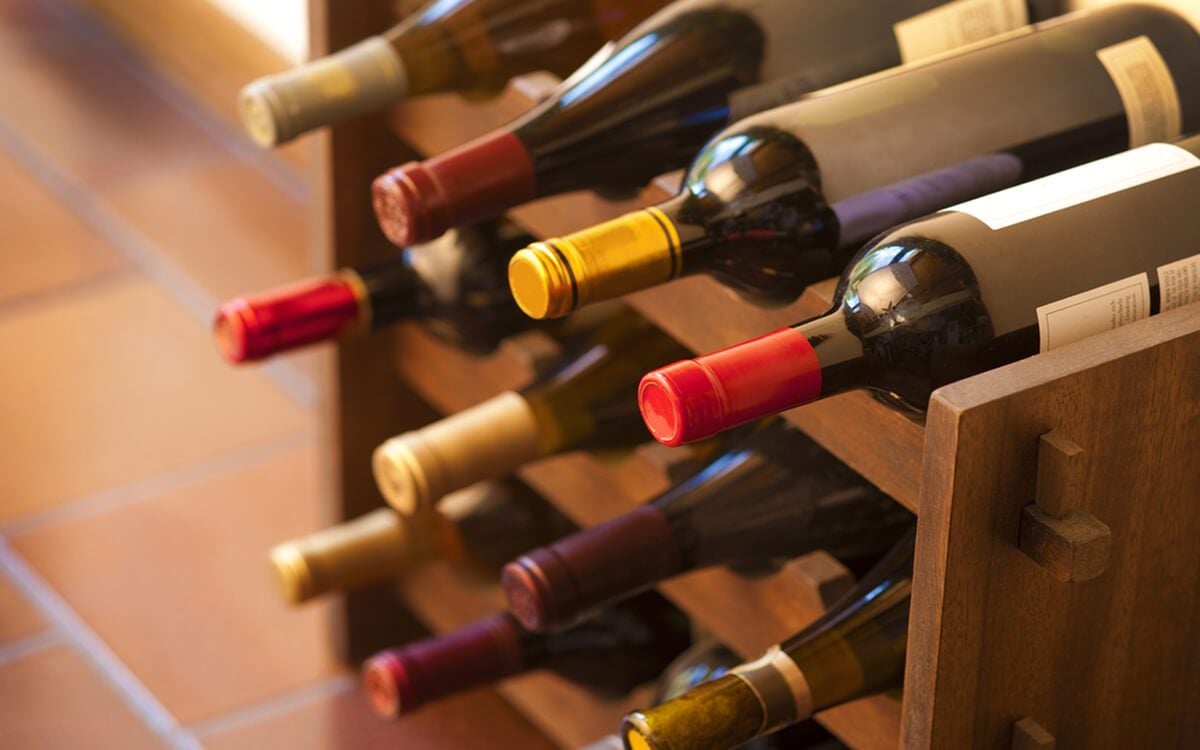

0 thoughts on “How To Organize A Wine Cellar”